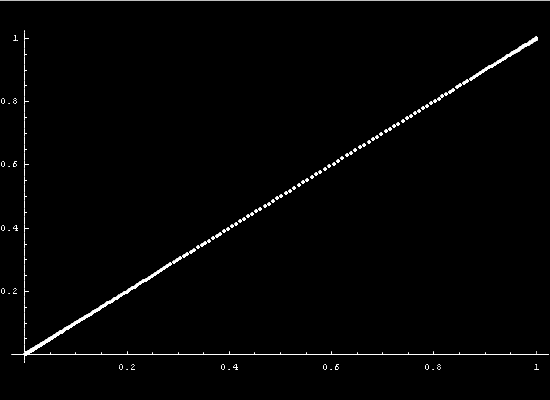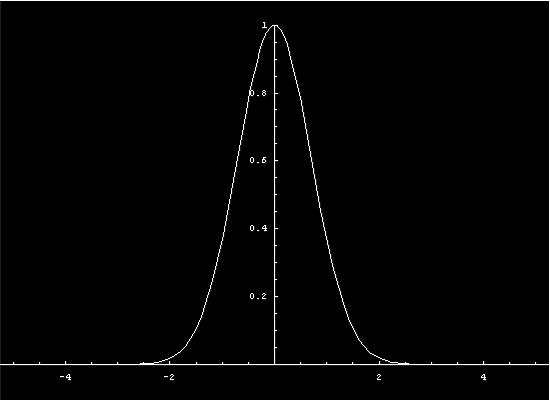6/21 Week
2: State Space
Weekly meetings were held by Professor Norman
in the GANG lab. Each student participating in the REU program
was expected to present
their work before the group. Our first
presentation was made on the
second week.
With the shockprofile program and the equal
area law, we are able to solve any conservation equation in one
variable in one spatial
dimension. With multiple state variables, new tools must be developed.
We introduce a new diagram, the "state space" diagram.
At each point in the phase plane there will be a single value for
each state variable. If we take our axes to be the state variables,
the set of all states described by our system of differential equations
forms a surface.


To get a more intuitive feeling for the state
space, we wrote a program to
model the case of two or three decoupled scalar equations.
The curve in state space is a parametric function of x. At each point
x the state variables will take on different values. The graphing
of those values as a vector function results in the state space diagram.
As time passes the system will take on different states.
The two diverging shock profiles were made
with the multipleprofiles program.
Given a system of scalar PDEs, one can write
the system as a vector conservation law. Using multivariable calculus,
one can take the
jacobian, or full matrix derivative, of the vector flux function.
The derivative of F with respect to the vector U is called the “Flux
Matrix.” The eigensystem of this matrix provides important
clues as to the behavior of the system.
|

